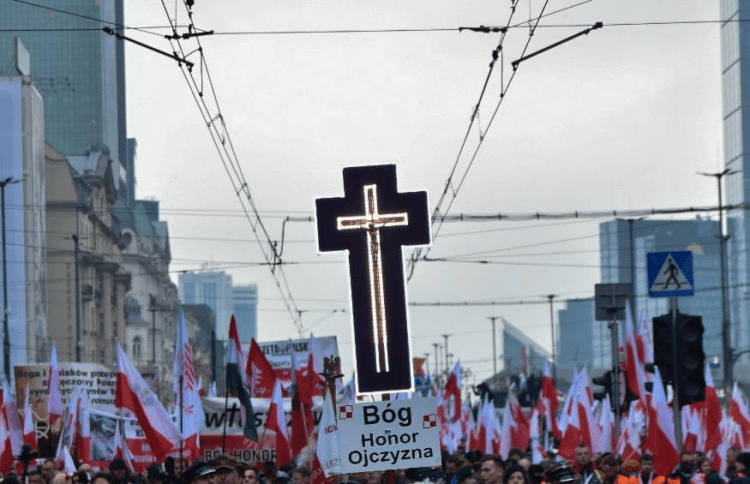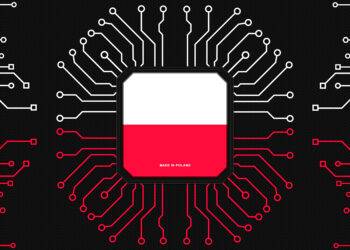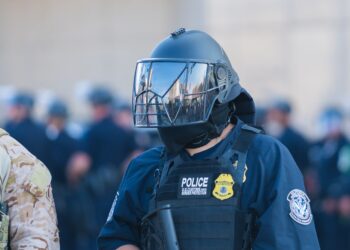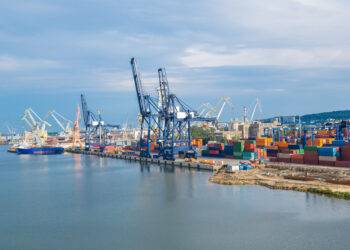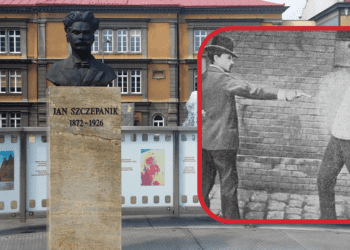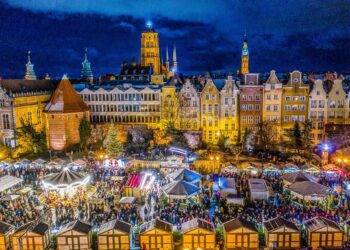On November 11, 2023, Warsaw witnessed the grandeur of the Independence March, an event deeply rooted in Polish national pride and history. Commemorating Poland’s National Independence Day, the march began at Rondo Dmowskiego, a significant location in the heart of Warsaw. This year’s theme, “Jeszcze Polska nie zginęła” (Poland Has Not Yet Perished), resonated strongly with the participants, echoing the opening words of the Polish national anthem.
- More News from Poland on our Homepage.
- Sign up to our Newsletter
- Read more about Poland’s road to independence
The march saw thousands of participants, creating a sea of white and red – the colors of the Polish flag. People of all ages joined the procession, many adorned with national symbols such as white and red armbands, kotyliony (traditional Polish rosettes), and even wreaths and caps in the national colors. The atmosphere was charged with patriotism, as banners bearing slogans like “Bóg, honor, ojczyzna” (God, Honor, Fatherland), “Tak dla życia” (Yes to Life), and “Warto być Polakiem” (It’s Good to be Polish) were prominently displayed.
The march proceeded along Aleje Jerozolimskie, a major thoroughfare in Warsaw, and crossed the Poniatowski Bridge, reaching the National Stadium’s open fields after approximately two hours. The route was well-organized, with metal barriers and significant police presence ensuring a smooth procession. The National Independence March, a tradition in Warsaw since 2011, was closely monitored by the police, including aerial surveillance by a police helicopter.
Peaceful Celebration
Warsaw’s Mayor, Rafał Trzaskowski, reported that the march proceeded peacefully, a testament to the event’s significance and the respect it commands. The National Independence Day in Poland, celebrated on November 11, commemorates the day in 1918 when the Regency Council entrusted Józef Piłsudski with the command of Polish forces, marking the country’s regained independence.
Onet, a major Polish news outlet, estimated the attendance at the march to be between 70,000 to 90,000 people as of 3:30 PM. The gathered crowd covered an area of approximately 55,000 square meters, and the length of the march stretched around 1.7 kilometers.
In contrast to Onet’s higher estimate, Warsaw’s Mayor Rafał Trzaskowski, during a press conference, reported a significantly lower figure of approximately 40,000 participants in the Independence March. He emphasized that apart from some pyrotechnics, the Warsaw police had not recorded any incidents up to that point. Trzaskowski also assured that any emerging incidents would be promptly addressed.
The Independence March has a history of varying attendance figures. The largest crowd in its history was recorded in 2018, during the centennial celebration of Poland regaining its independence, when police estimated a turnout of 250,000 people.
Polish Independence Day
The story of Poland regaining its independence in 1918 is a tale of resilience and determination against long odds. For over a century, Poland had ceased to exist as an independent nation, having been partitioned at the end of the 18th century between three of Europe’s great powers: Russia, Prussia, and Austria. Despite the loss of sovereignty, the spirit of Polish nationalism never waned. Throughout the 19th century, Poles engaged in various uprisings, such as the November Uprising (1830-31) and the January Uprising (1863-64), attempting to regain their independence. These uprisings, though ultimately unsuccessful, kept the flame of Polish nationalism alive.
On November 11, 1918, as World War I was coming to an end, Poland seized the moment to proclaim its independence. This date marks the day when Piłsudski was entrusted with the task of forming a government by the Regency Council, a body that had been established by the occupying German forces.
- Read more about Poland’s road to independence
This momentous event is celebrated annually as National Independence Day in Poland, a testament to the nation’s enduring spirit and its long journey back to sovereignty.

